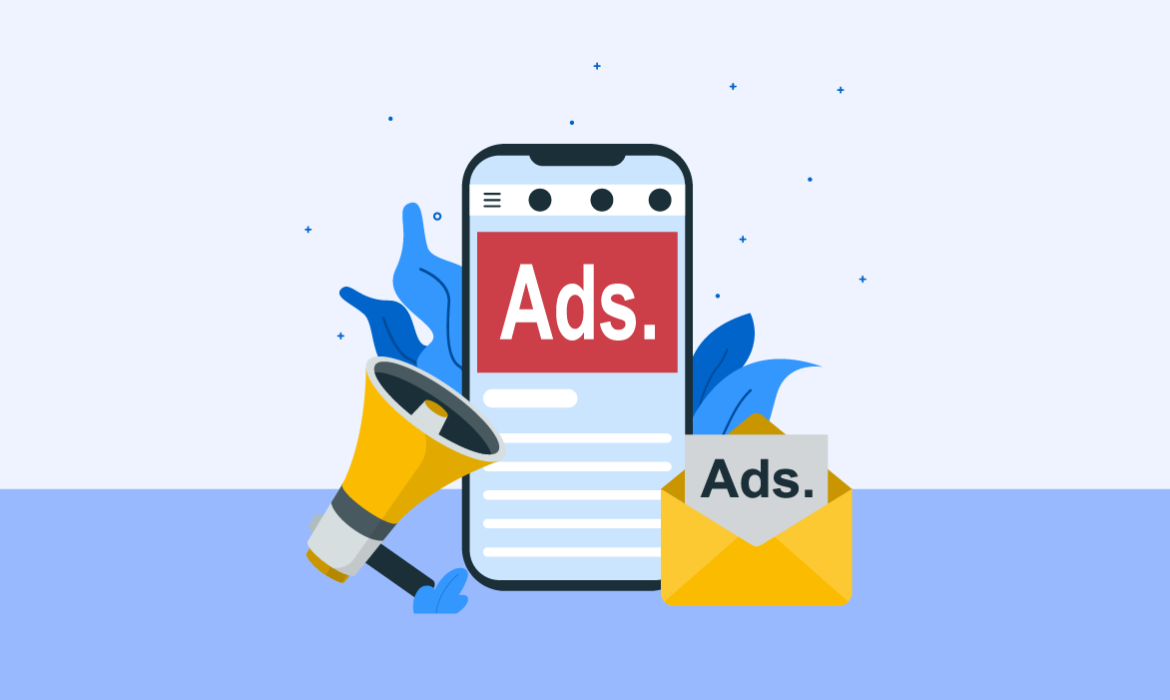Native ads have so much potential that I don’t believe is being explored enough today. True, they may not seem all that interesting if you only focus on your bottom line. A good retargeting strategy for display ads might generate more conversions if you’re looking to sell a product.
However, in comparison to display prospecting, case studies proved that native ads truly shine when it comes to driving traffic and boosting brand engagement in the long term.
Display is a great way to keep your brand name out there while measuring effectiveness by tracking impressions and reach. But with marketing strategies like business storytelling peaking in this age of content, advertisers should really make better use of the goldmine that is programmatic native.
Native vs. display prospecting
Native ads are more cost-effective than display ads
Doing native ads programmatically means you get many of the benefits of programmatic display: automated media buying, effective targeting and audience insights for further optimization. A 2016 Think With Google report found that when the “Flex Frames” native format was introduced by The New York Times, “click-through rates increased 6x compared to equivalent banner ads, and viewable impressions jumped 4x.” According to a DoubleClick analysis of traffic across its network in 2017, users are twice as likely to click on a native ad as they are to click on a traditional banner.
We’ve been seeing similar results in our campaigns. A campaign we ran for a client in the banking industry saw a 158 percent higher CTR (click-through rate) for native than for the display prospecting ads. Conversion rate was 450 percent higher for native than for display prospecting.
Here’s the kicker: Cost per attributed site visit was 36X more expensive with display ads as compared to the native placements.

Native ads excel at driving traffic
The goal of a well-implemented native ad is to lead the user to a piece of content that will capture their interest. With that in mind, native ads are great for both prospecting new audiences and promoting content. They can improve brand perception and eventually build a stronger relationship between your brand and your audience.
You should take advantage of the fact that native ads are more likely to be read and shared by their audience, according to Nielsen and IPG Media research conducted on behalf of Sharethrough. Rather than driving traffic to a product page with the aim of a sale, engaging your audience with an interesting article or video that fits the initial context will make a long-term positive impact on your branding.
And I’m not just talking about driving virtual traffic. According to a joint study by Sharethrough and Placed, programmatic native ads are also better at driving in-store traffic than standard display ads.
Native ads are a nicer experience for the user
Say goodbye to the ad-blindness effect of obnoxious banner ads. The abovementioned Nielsen study for Sharethrough found that native ads receive double the visual focus of banner ads. Because native ads blend in with the surrounding content, they are adaptable to their environment and therefore look less disruptive than display ads.

At the end of the day, the reason a good native ad is of value to users is that it provides the user with compelling content, which leads to conversions like video watching and signups.
As a bonus, the adaptability of native ads means that they perform particularly well on mobile. Knowing that mobile use is constantly growing and rapidly outpacing desktop, this should be a good incentive to focus more on programmatic in the long run.



